Picture this: you’re watching the evening news when a breaking report flashes across the screen. “Scientists Warn: Yellowstone Supervolcano Could Plunge World Into Nuclear Winter!” Your heart skips a beat. You’ve heard the whispers, seen the documentaries, maybe even watched that disaster movie. But here’s the thing – most of what you think you know about Yellowstone’s potential to trigger a global climate catastrophe is more Hollywood than hard science.
The Beast Beneath Our Feet

Scientists estimate that the supervolcano underneath Yellowstone National Park hasn’t erupted for over 600,000 years. Despite that, it’s one of the largest volcanoes in the world. It is incredibly active. They found four pockets together contain more liquid magma than was present during large, caldera-forming eruptions at Yellowstone in the past (one 2.8 million years ago, one 1.3 million years ago and one 640,000 years ago). Think of Yellowstone not as a single mountain ready to blow its top, but as a massive underground furnace stretching across three states. Researchers closely watch its magma chamber, which is the lake of molten rock underground, inside the volcano. It’s like having a sleeping giant beneath one of America’s most beloved national parks – impressive, yes, but far more complex than the disaster scenarios would have you believe.
When Hollywood Meets Reality

We can’t help but notice the comments in social media, and even the ticklers and headlines in the newspapers and blogs. Sometimes, people spread misinformation even when they think they know the facts. With that in mind, here are a few of the common misconceptions regarding the Yellowstone volcanic system The entertainment industry has done us no favors when it comes to understanding supervolcanoes. Movies love to show civilization-ending eruptions that wipe out continents overnight. But here’s what scientists actually know: most past eruptions at Yellowstone were not highly explosive. Of the past 50 or so eruptions, almost all were simple lavaflows. If they occurred tomorrow, or next year, they would have minimal direct effect outside Yellowstone National Park. It’s like expecting every thunderstorm to be a tornado – the dramatic stuff gets all the attention, but the everyday reality is far less spectacular.
The Overdue Myth That Won’t Die

Yellowstone is not overdue for an eruption. Volcanoes do not work in predictable ways and their eruptions do not follow predictable schedules. Even so, the math doesn’t work out for the volcano to be “overdue” for an eruption. This might be the most persistent myth about Yellowstone – the idea that it erupts like clockwork every 600,000 years. In terms of large explosions, Yellowstone has experienced three at 2.08, 1.3, and 0.631 million years ago. This comes out to an average of about 725,000 years between eruptions. That being the case, there is still about 100,000 years to go, but this is based on the average of just two time intervals between the eruptions, which is meaningless. Imagine trying to predict when your neighbor will mow their lawn based on only two previous instances – it’s about that reliable. Most volcanic systems that have a supereruption do not have them multiple times. When supereruptions do occur more than once in a volcanic system, they are not evenly spaced in time.
The Magma Chamber Reality Check
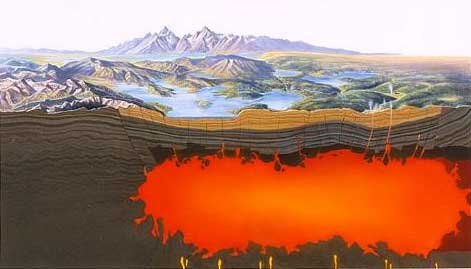
The rhyolite magma chamber beneath Yellowstone is only 5-15% molten (the rest is solidified but still hot), so it is unclear if there is even enough magma beneath the caldera to feed an eruption. This is perhaps the most important fact that doomsday predictors overlook. Despite the large volume of magma pooling below Yellowstone, the caldera isn’t likely to erupt anytime soon. That’s because the magma sits in pore spaces in solid rock within the caldera, much like water in a sponge. Only when more than 40% of these pore spaces are filled can the magma in the pores link up, get mobile and start erupting Picture trying to squeeze toothpaste from a nearly empty tube – there’s not enough fluid material to create the kind of pressure needed for a massive eruption. The underground reality is far more like thick oatmeal than the flowing lava rivers of our nightmares.
What Scientists Actually Expect

The most likely explosive event to occur at Yellowstone is actually a hydrothermal eruption—a rock-hurling geyser eruption—or a lava flow. If Yellowstone does decide to stir from its slumber, smaller eruptions, which are far more likely than a super-eruption, would likely produce lava flows or domes, which, although dramatic, would be less destructive and pose little threat to people. “It could be a slowly moving lava flow that wouldn’t endanger anyone too much as they could easily move out of the way,” Park roads and infrastructure could be compromised, but the effects away from Yellowstone would be minimal most likely. Think of it more like a geological traffic jam than an apocalyptic event. Scientists have been monitoring Yellowstone intensively for decades, and nothing they’ve seen suggests we’re heading for anything more dramatic than what amounts to nature’s version of a really big sneeze.
Climate Impact: Separating Fear From Fact

If another catastrophic, caldera-forming Yellowstone eruption were to occur, it would probably alter global weather patterns and have enormous impacts on human activity (especially agricultural production) for many years. At this time, however, scientists do not have the ability to predict specific consequences or durations of possible global impacts from such large eruptions. But here’s the crucial context: The 1991 eruption of Mt. Pinatubo in the Philippines was about 1,000 times smaller than Yellowstone’s largest known eruption; it caused temporary, yet measurable, changes in global temperatures. The sulfur dioxide emitted from the volcano interacted with the atmosphere, which cooled the Earth’s surface for three years following the eruption. At the height of the impact, global temperatures dropped by 1.3 degrees Fahrenheit (0.7 degrees Celsius). Even a massive Yellowstone eruption would likely follow similar patterns, just on a larger scale.
The Volcanic Winter Reality
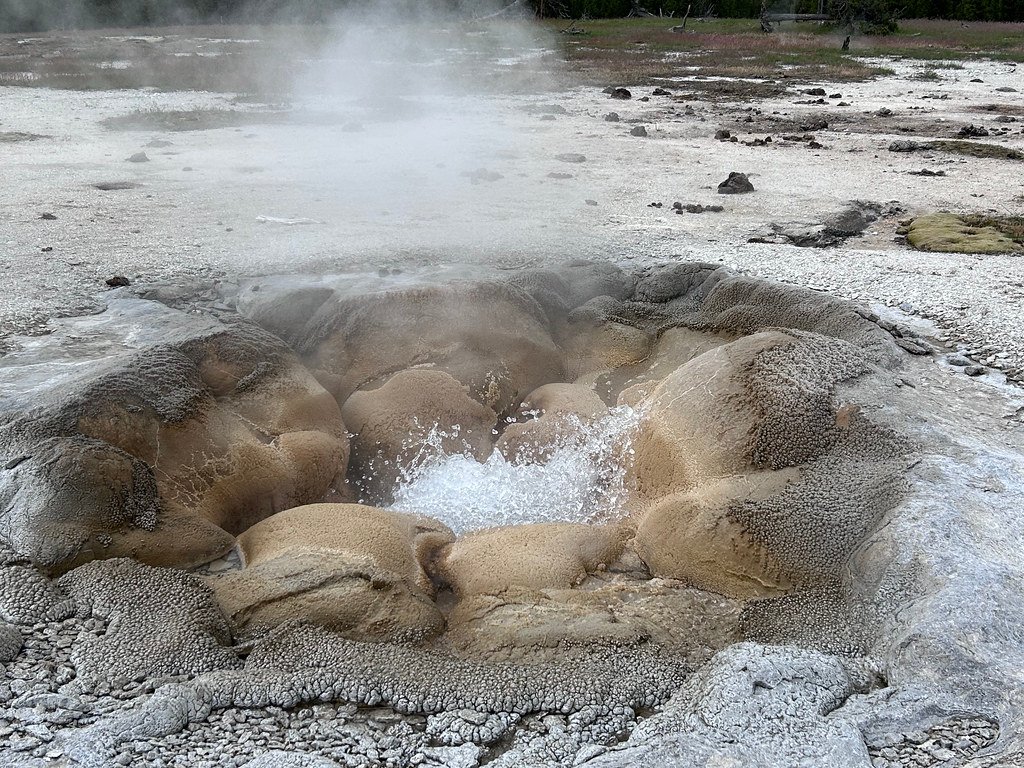
A volcanic winter is a reduction in global temperatures caused by droplets of sulfuric acid obscuring the Sun and raising Earth’s albedo (increasing the reflection of solar radiation) after a large, sulfur-rich, particularly explosive volcanic eruption. The concept of volcanic winter has captured imaginations for good reason. On a global scale, the eruption cools the Earth’s climate by blocking sunlight with thick layers of ash and sulfur dioxide. This cooling effect, sometimes called a “volcanic winter,” can lead to shorter growing seasons and widespread crop failures, affecting food supplies around the world. However, recent research suggests we’ve been overestimating these effects. New research suggests that sunlight-blocking particles from an extreme eruption would not cool surface temperatures on Earth as severely as previously estimated. They found that post-eruption cooling would probably not exceed 2.7 degrees Fahrenheit (1.5 degrees Celsius) for even the most powerful blasts.
The Sulfur Dioxide Factor
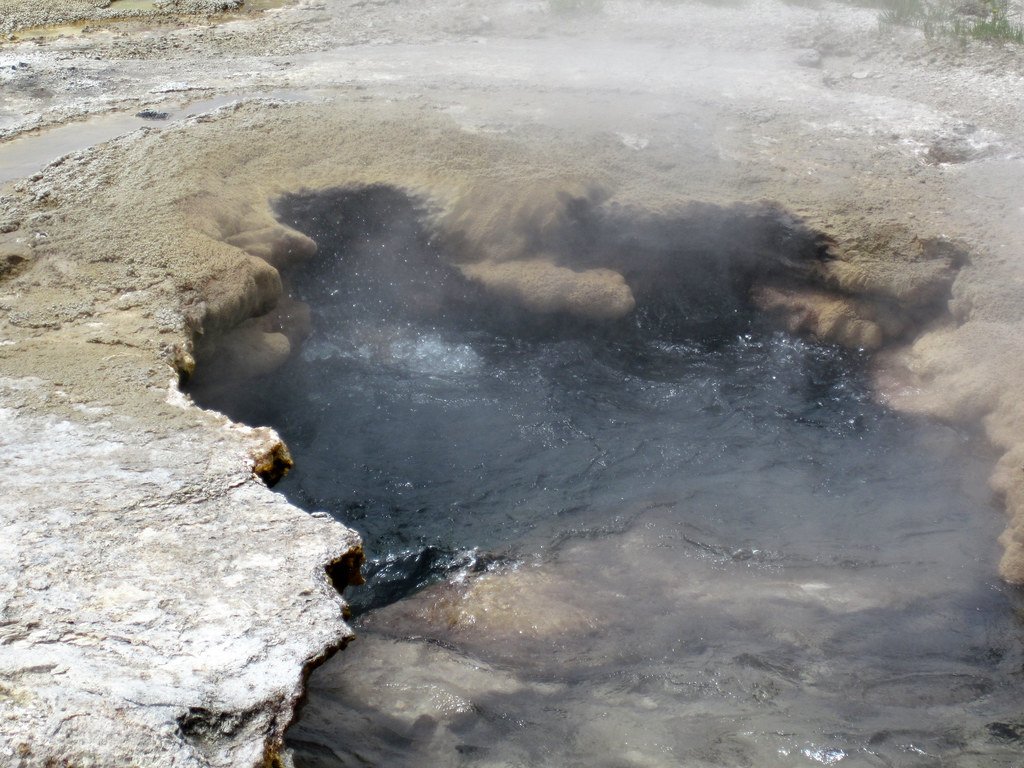
Sulfur dioxide is much more effective than ash particles at cooling the climate. The sulfur dioxide moves into the stratosphere and combines with water to form sulfuric acid aerosols. The sulfuric acid makes a haze of tiny droplets in the stratosphere that reflects incoming solar radiation, causing cooling of the Earth’s surface. This is where the real climate impact lies. While most volcanic ash settles to the ground within a few weeks after the eruption, impacting only the local area for a short duration, the emitted SO2 can lead to the formation of H2SO4 aerosols in the stratosphere. These aerosols can circle the hemisphere of the eruption source in a matter of weeks and persist with an e-folding decay time of about a year. As a result, they have a radiative impact that can last for several years. It’s like nature’s own air conditioning system – temporary, but potentially significant enough to affect growing seasons and weather patterns worldwide.
Historical Precedents Tell a Different Story
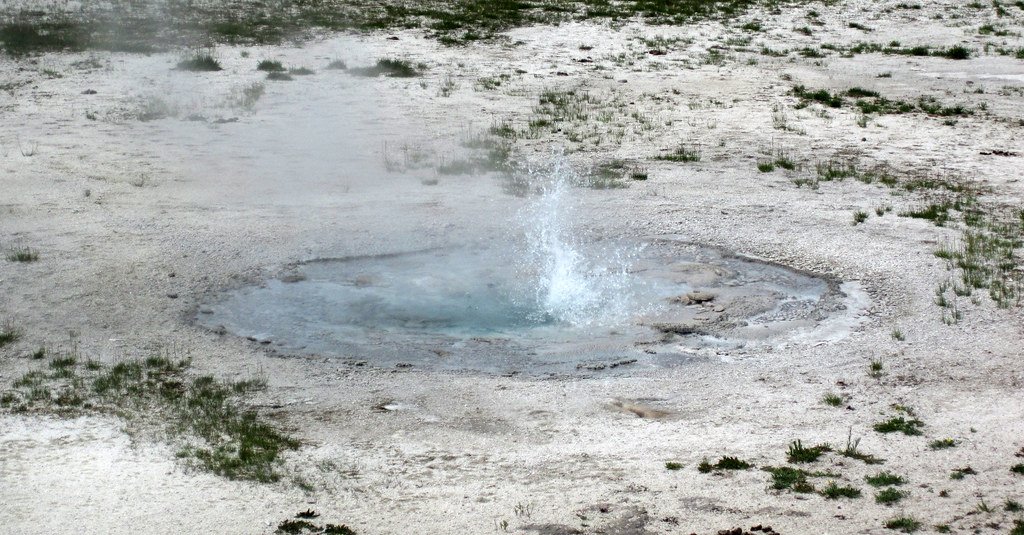
An eruption large enough to cool the planet happens only every few decades on average. Famous historical examples include the eruptions of Krakatoa in 1883 and Tambora in 1815, both in Indonesia. Tambora affected the short-term climate so much that 1816 was called “the year without a summer,” as temperatures halfway around the world in Europe were suppressed by nearly 1° F on average. Even these significant historical eruptions, while disruptive, didn’t end civilization. Surface temperature observations following historic eruptions show that there is no correlation between eruption size, as represented by the VEI or eruption volume, and the severity of the climate cooling. This is because eruption size does not correlate with the amount of SO2 emitted. The lesson? Size isn’t everything when it comes to climate impact.
The Toba Comparison Trap

One Last Glacial Period eruption that have gained significant attention is the eruption of the Youngest Toba Tuff (YTT), which has sparked vigorous debates regarding its climate effects. The eruption of YTT from Toba Caldera, 74,000 years ago, is regarded as the largest known Quaternary eruption and two orders of magnitude greater than the magma volume of the largest historical eruption, Tambora. The exceptional magnitude of this eruption has prompted sustained debate as to its global and regional impact on climate. The Toba eruption is often cited as evidence of what a Yellowstone eruption could do. With the Lake Toba bottleneck, many species showed the massive genetic effects of this decrease in the gene pool; Toba may have reduced the human population to between 15,000 and 40,000, or even fewer. However, this theory remains highly debated among scientists, and many now question whether Toba actually caused such dramatic population bottlenecks. The comparison assumes Yellowstone would behave exactly like Toba – a dangerous oversimplification.
Modern Climate vs Volcanic Cooling
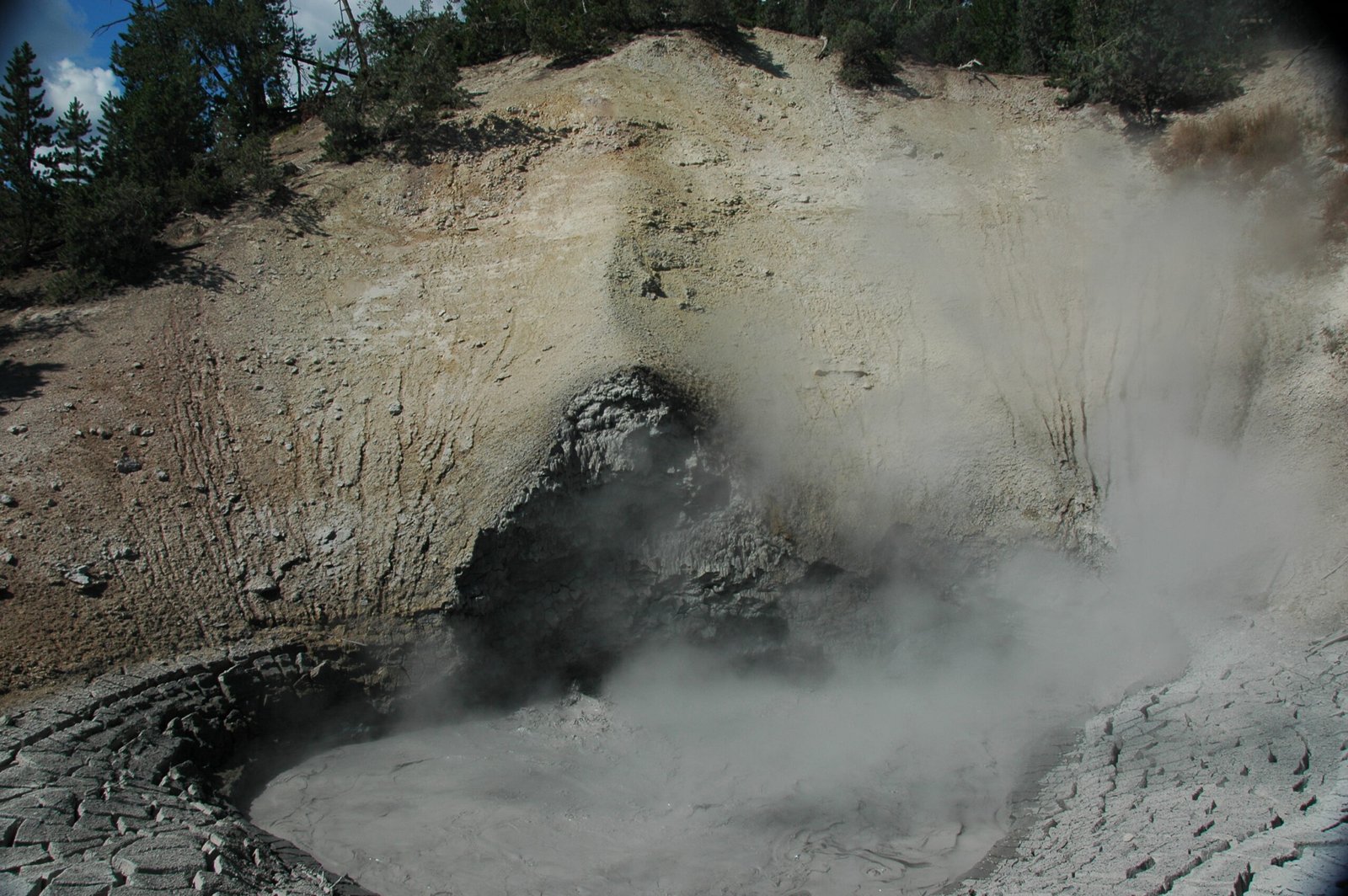
In 1992, this haze caused global temperatures to drop by as much as 0.5 degrees Celsius. In comparison, human activities have warmed global temperatures by over 1 degree Celsius since 1850. However, the effects of volcanic aerosols only persist for one or two years, while anthropogenic greenhouse gases will affect the climate for centuries. This puts volcanic climate impact in perspective. While sulfur dioxide released in contemporary volcanic eruptions has occasionally caused detectable global cooling of the lower atmosphere, the carbon dioxide released in contemporary volcanic eruptions has never caused detectable global warming of the atmosphere. In 2010, human activities were responsible for a projected 35 billion metric tons (gigatons) of CO2 emissions. All studies to date of global volcanic carbon dioxide emissions indicate that present-day subaerial and submarine volcanoes release less than a percent of the carbon dioxide released currently by human activities. Even a massive Yellowstone eruption would be fighting against the backdrop of ongoing human-caused warming.
Agricultural Impacts: Real but Manageable
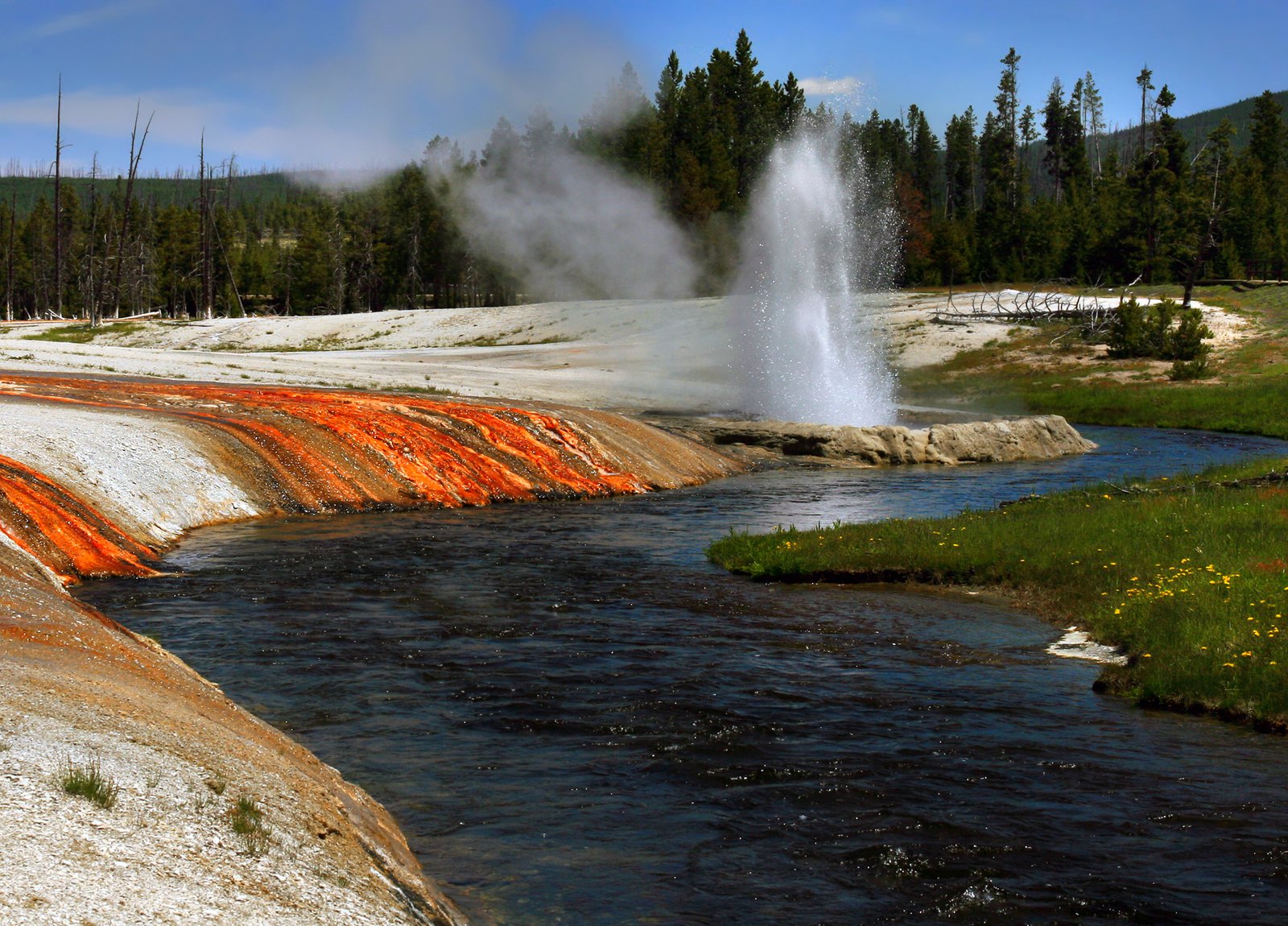
If another catastrophic caldera-forming Yellowstone eruption were to occur, it quite likely would alter global weather patterns and have enormous effects on human activity, especially agricultural production, for one-to-two decades. The agricultural impacts would indeed be serious. This cooling effect, sometimes called a “volcanic winter,” can lead to shorter growing seasons and widespread crop failures, affecting food supplies around the world. The climate shifts and environmental stress might even trigger economic and social disruptions as governments and communities adapt to the new conditions. However, we’re not talking about permanent devastation. Modern agriculture has weathered significant climate variations before, and our global food distribution systems, while not perfect, are far more robust than they were during historical volcanic events. Think of it as a severe but temporary challenge rather than an insurmountable catastrophe.
The Technology Factor

In the event of a volcanic eruption, scientists would be able to detect key warning signs well in advance. Major eruptions, and even smaller ones, are preceded by significant geological activity, such as swarms of earthquakes and rapid ground uplift—movements that This is where our modern advantage truly shines. Forecasting eruptions is a complex challenge. Experts watch seismic tremors, ground changes, and chemical signals to catch early warnings of magma movement. Groups like the Yellowstone Volcano Observatory share real-time updates to help the public stay informed. Unlike our ancestors who faced sudden volcanic disasters, we would have months or even years of warning. We already have very good scientists who monitor the volcano and would be able to give you […] months to years warning of an eruption. This advance warning system changes everything about how we could prepare and respond.
Regional vs Global Impact Reality
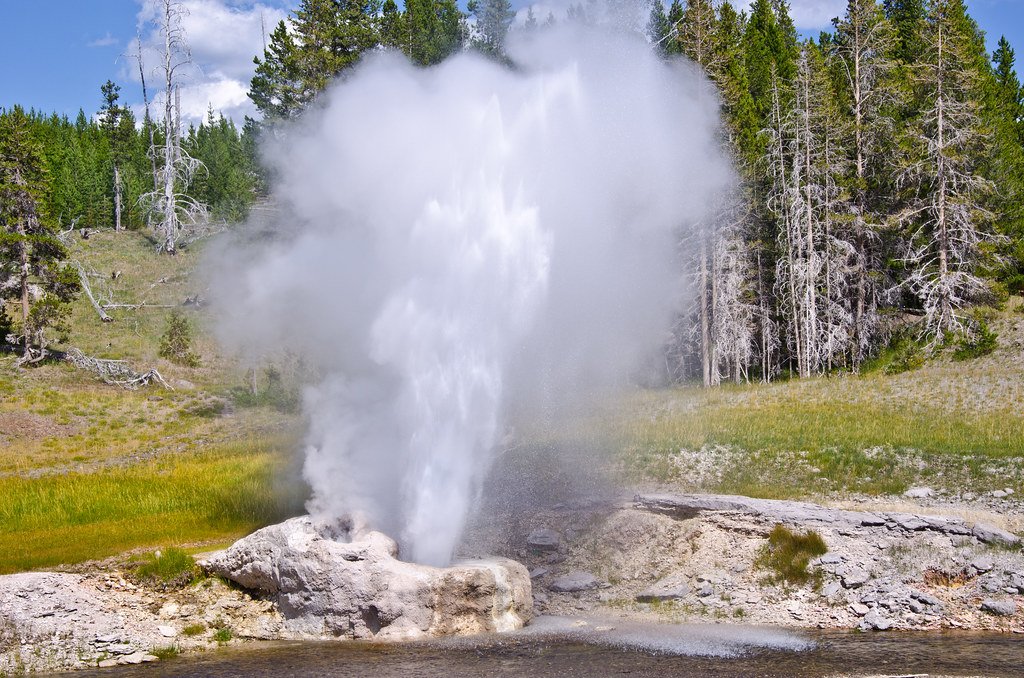
If another large, caldera-forming eruption were to occur at Yellowstone, its effects would be worldwide. Such a giant eruption would have regional effects such as falling ash and short-term (years to decades) changes to global climate. Those parts of the surrounding states of Montana, Idaho, and Wyoming that are closest to Yellowstone would be affected by pyroclastic flows, while other places in the United States would be impacted by falling ash The immediate devastation would be regional, not global. The eruption would entail more than dangerous lava flows and could be expected to kill as many as 90,000 people immediately and spread a 10-foot (3-meter) layer of molten ash as far as 1,000 miles (1,609 kilometers) from the park. While this represents a significant tragedy, it’s nowhere near the extinction-level event often portrayed in popular media. The global effects would be more about weather disruption and agricultural challenges than immediate human casualties.
The Northwest Sector Discovery
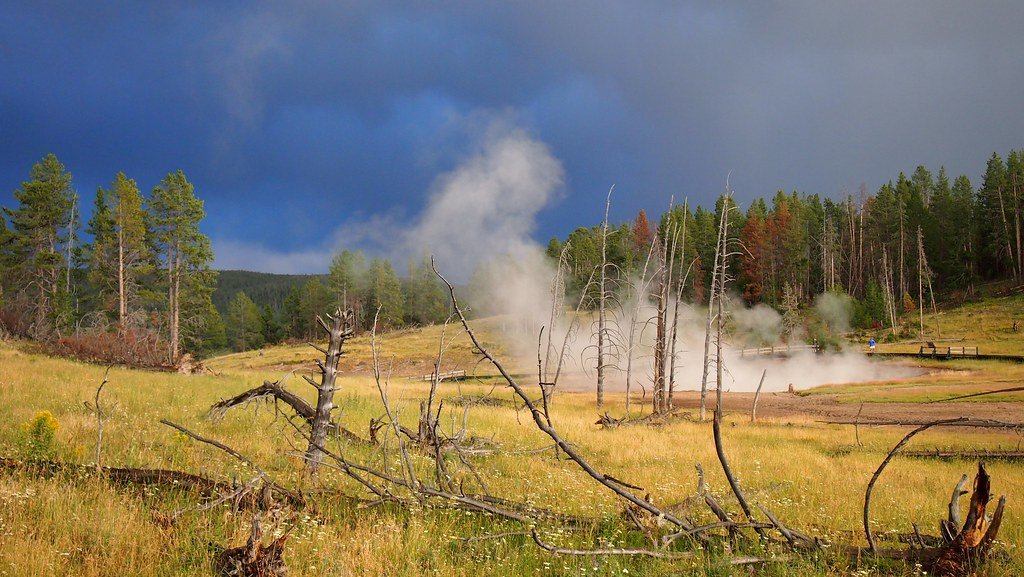
New research has pinpointed where theYellowstone supervolcano will likely erupt. It won’t blow today, but future eruptions will likely center on the northeastern side of the national park, the new study finds. Any such eruption is expected to take place hundreds of thousands of years from now Recent research has given us fascinating new insights. Among the identified magma bodies, only the one in Yellowstone’s northeast sector is expected to retain enough heat to stay partially molten long-term. This discovery refines older ideas that suggested multiple areas could erupt in the distant future. “We suggest that the locus of future rhyolitic volcanism has shifted to northeast Yellowstone Caldera,” This isn’t cause for alarm – it’s actually reassuring because it helps scientists focus their monitoring efforts and better understand the system’s behavior over geological time scales.
Economic Disruption vs Economic Collapse
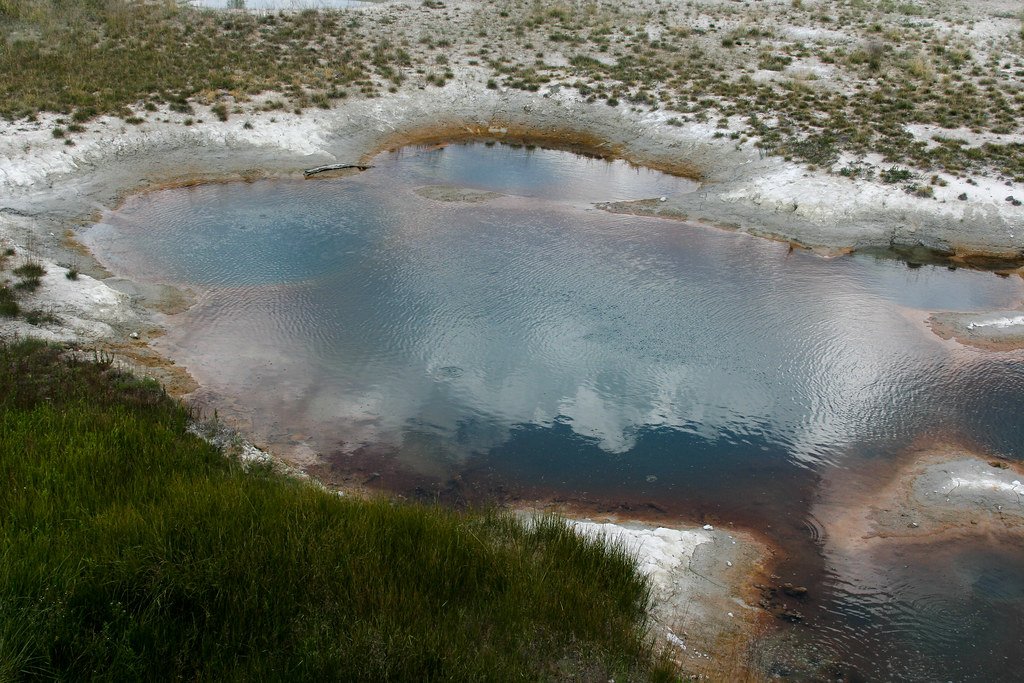
The economic impacts of a major Yellowstone eruption would be severe but not civilization-ending. Globally, the volcano could also “impact the global climate by emitting ash and gas into the stratosphere, which could block sunlight and lower global temperatures for a few years,” The resulting catastrophe could “shut down transportation, collapse buildings, short-out the electrical grid and cause massive agricultural failure, However, these disruptions would be temporary and regional in nature. Modern economies have weathered major disasters before – from world wars to pandemics to natural disasters. While the immediate economic shock would be significant, particularly in transportation and agriculture, humanity’s remarkable capacity for adaptation and recovery would likely prevail. The global nature of modern commerce, while creating some vulnerabilities, also provides resilience through geographical distribution of resources and production.
Ecosystem Recovery Patterns

As for the worst-case scenario, even previous Yellowstone supereruptions did not cause extinctions, and ash fallout on the other side of the continent was minimal. Nature has an extraordinary capacity for recovery. The areas around historical supervolcanic eruptions, while dramatically altered, eventually became thriving ecosystems again. “The relatively modest temperature changes we found most compatible with the evidence could explain why no single super-eruption has produced firm evidence of global-scale catastrophe for humans or ecosystems



